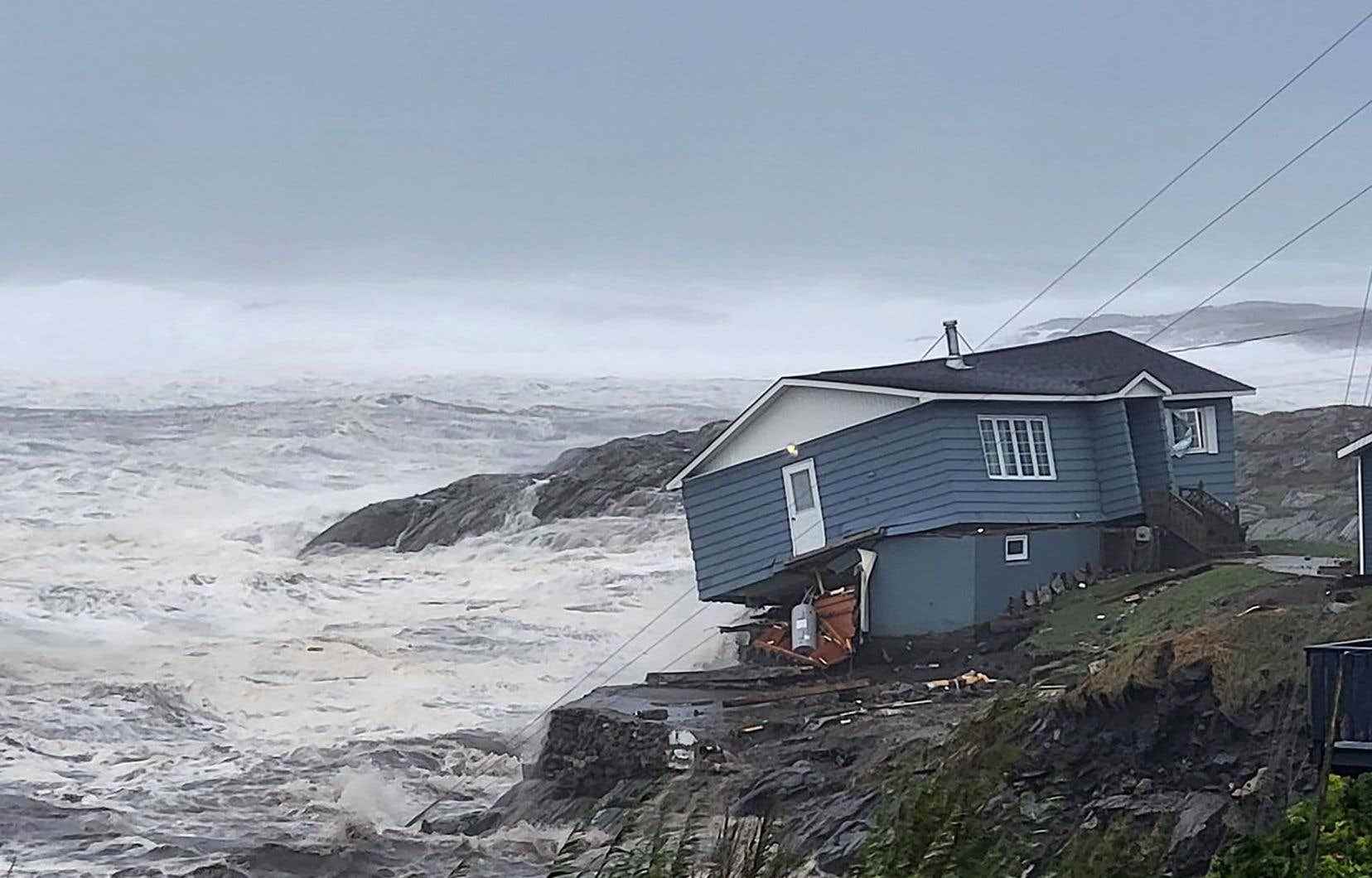The sun returns to the skies of eastern Canada on Sunday after post-tropical storm Fiona passed. Hundreds of thousands of people still remain without power in the Maritimes, and the damage is beginning to be counted.
Less severe than the previous disaster of 2018, according to a preliminary estimate, the storm leaves behind several scenes of desolation. Environment Canada says “sustained” winds of 80 km/h swept through the area.
There were still nearly 267,000 Nova Scotia customers without power as of 6 a.m. local time Sunday. Virtually the entire population of Prince Edward Island, or 82,414 Maritime Electric customers, woke up to a second day of darkness. Electricity gradually returned on Sunday morning to the Magdalen Islands.
One of the two undersea telecommunications cables between the archipelago and the mainland was however broken. The second link held firm, allowing the Madelinots to stay in communication with the rest of Quebec.
The waves overwhelmed the docks there, damaging several boats. The winds tore off part of the roof of the heritage church of Saint-Pierre-de-La Vernière, in L’Étang-du-Nord. The sudden flood of water, supported by a tide, inundated dozens of buildings. The final assessment of the damage remains difficult to assess, but many buildings built on the coasts were certainly damaged by the winds and the tide.
The southeast of Gaspésie also shows heavy damage. The Château Dubuc, in Chandler, was swallowed up by the waves on Saturday. The heritage building was already in poor condition from previous storms. The officials of Patrimoine Gaspésie had already sounded the alarm about the imminent destruction of this building built in 1916.
Southwestern Newfoundland appears to have been particularly badly affected. The waters damaged at least twenty houses in Channel-Port-aux-Basques and gutted some of them. Many residents had to be evacuated and taken to shelter. Mayor Brian Button has compared his municipality to an “all-out war zone”.
Prince Edward Island also saw the extent of the destruction on Sunday. Peak winds reaching 150 km / h, combined with nearly 100 millimeters of rain, ravaged many homes and businesses.
The Lower North Shore was shaken, but spared. “We had prepared, and in the end we had especially strong winds. We have no more damage than an autumn storm,” observes Karine Monger, director general of the local MRC.
The army as reinforcements
Defense Minister Anita Anand said Saturday that members of the Canadian Armed Forces began preparing even before receiving Nova Scotia’s request for help. Troops will be deployed in other provinces that request them.
No details were provided on the number of troops deployed. Minister Anand said the army has started doing reconnaissance on the ground to ensure troops are sent to where they are most needed.
Prime Minister Justin Trudeau has said he is canceling his planned visit to Japan to monitor developments.
Similarly, Prime Minister François Legault suspended his election campaign “until further notice”.
With The Canadian Press
More details will follow.
